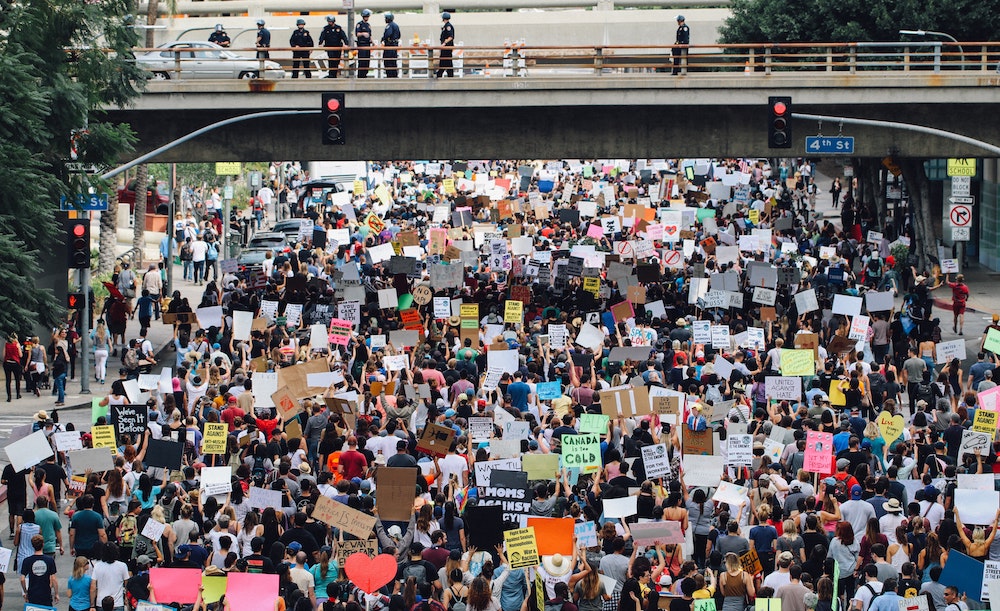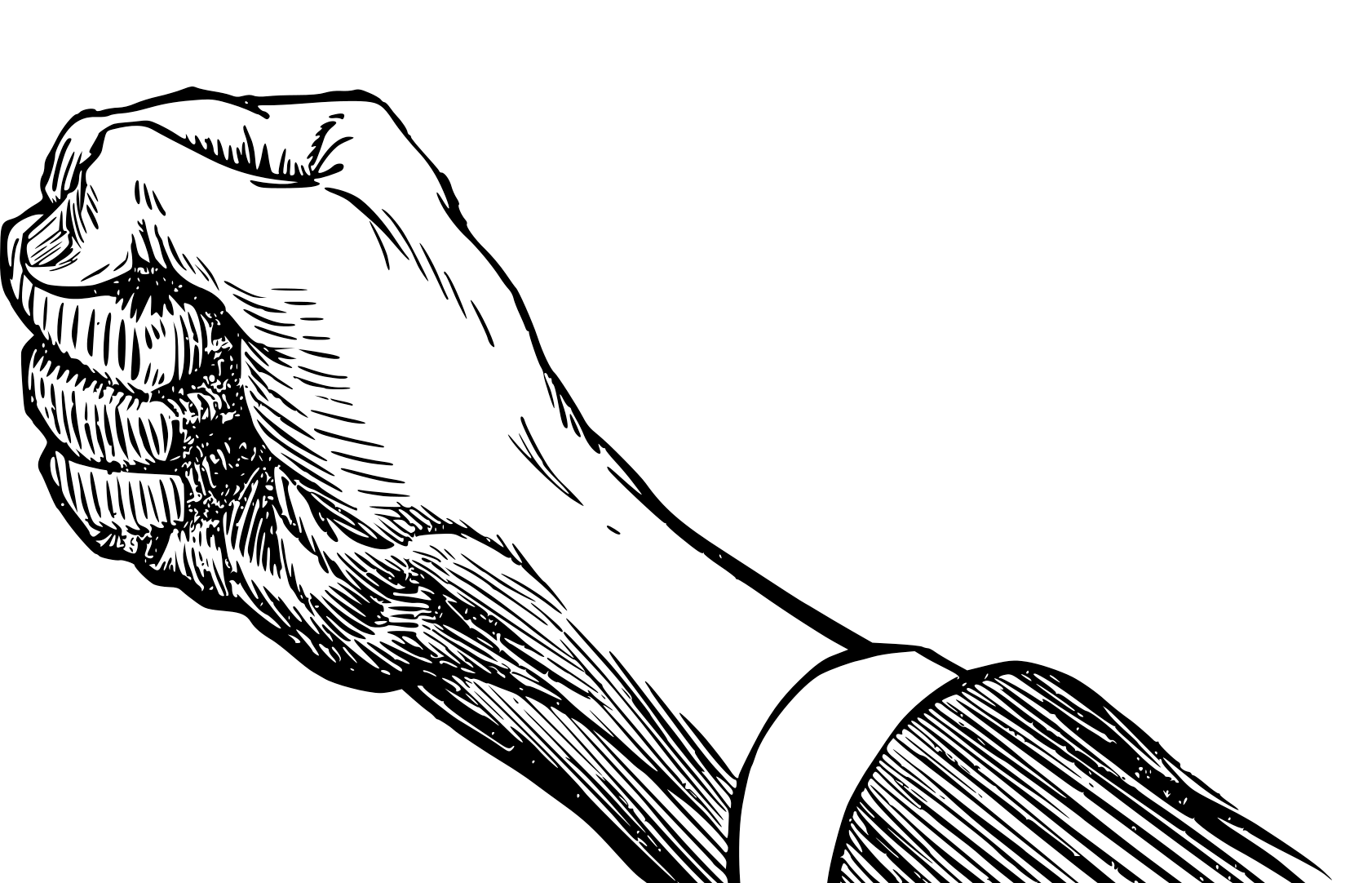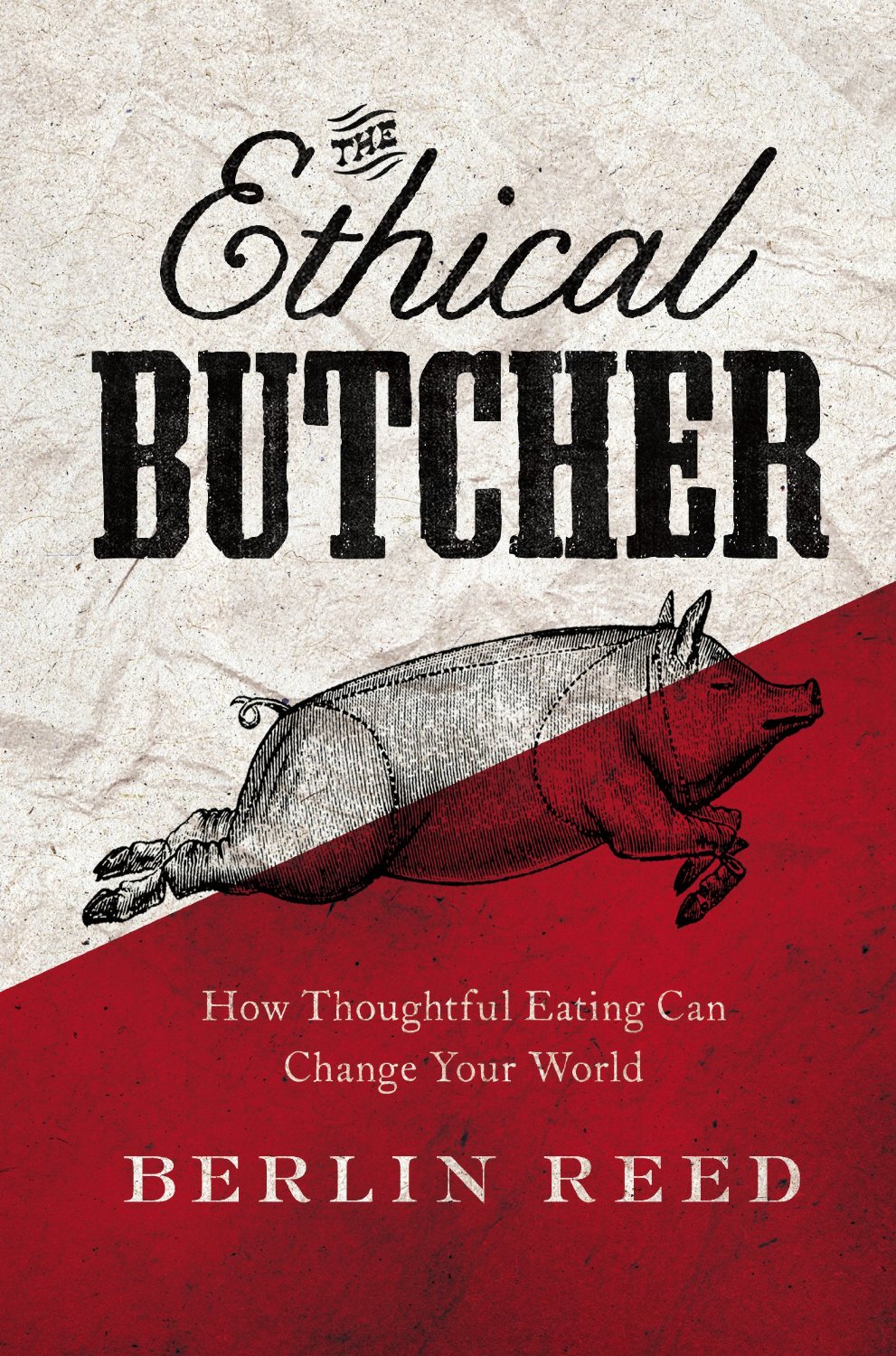In The Eighteenth Brumaire of Louis Napoleon, Marx wrote that while people make history, they do so under conditions not of their choosing. In the United States, I doubt anyone hoping for change would choose today’s conditions if given the option. To name a few: an economic crisis that has left millions unemployed and unable to pay rent, a militarized police force willing to brutalize even the most peaceful protestor, and armed white supremacist vigilantes emboldened by a president whose recommended cure for a global pandemic is to inject Lysol.
Despite these bleak conditions, the last several weeks have been marked by a palpable sense of history-in-the-making. In response to the police murder of George Floyd, millions took to the streets across the United States demanding justice. Nearly two months later, the rebellion is still smoldering—in some places ablaze, like in Portland—even if the flames of the third precinct in Minneapolis have been extinguished.
In moments like these, new futures can be seen, futures that just a few weeks ago—while quarantined in our homes, afraid to even cast a ballot during an election year without risking death—seemed all but foreclosed. Many people in the streets today, more than a recent editorial from The New York Times seems to believe, are asking what a world without police–and not just more accountable police—would look like.
It may seem strange, when thinking of the future, to recommend books on the past, but studying history is not simply about picking apart old news. It can help us understand how we got here and how we might escape. The following books were written by scholar-activists with this goal in mind.
Each book examines a different aspect of U.S. history—from its origins to our present day prison-industrial complex—and finds the same forces at play: a vicious entwinement of white supremacy and capitalist profit-seeking, sometimes described as “racial capitalism.” From the perspective of racial capitalism, the United States looks less like an expanding project of freedom and democracy and more a series of economic crises, mass struggles against white supremacist violence and economic exploitation, and counter-revolution—a cycle all too apparent today.
In reading these works we can become better readers of our own moment, seeing through the headlines to deeper causes.

The Counter-Revolution of 1776: Slave Resistance and the Origins of the United States by Gerald Horne (New York University Press, 2014)
In The Counter-Revolution of 1776, Gerald Horne evokes the election of David Duke, a former Grand Wizard of the KKK, to the Louisiana House of Representatives in 1991 as proof of the continuing and pervasive influence of racism among people in the U.S. Had he written the book two years later, he certainly could have referenced the election of Donald Trump.
To understand racism’s persistence, Horne thought it was necessary to go back to the origin of the United States. His argument is that, contrary to both popular myth and most academic scholarship, the American Revolution was not “a great leap forward for humanity” but was in fact a counter-revolution to preserve slavery against a British Empire leaning toward abolition.
At the time, Britain was moving toward abolishing slavery for two reasons: recurring slave rebellions made it costly to preserve and Britain wanted to employ Black soldiers in its imperial army. In 1762, Britain made it illegal for U.S. colonists to encroach further into Indigenous territory, since it couldn’t guarantee protection. This infuriated many of the founding fathers, like Thomas Jefferson and George Washington, who made their money off of land speculation from westward expansion.
Eager to continue amassing the immense profits yielded by slavery and settler colonialism, the colonists revolted against the crown and gave us that lopsided document known as the Declaration of Independence, wherein all men were declared equal—unless you were Black, in which case you were kept in chains for another 90 years.

Black Reconstruction in America, 1860-1880 by W.E.B. DuBois (The Free Press, 1998)
When DuBois set out to write a history of the Reconstruction period that followed the U.S. Civil War, the overwhelming opinion on the period—from grade school textbooks to historical scholarship produced at Columbia University—sympathized with the white South and blamed the collapse of Reconstruction on the newly freed slaves, seen as “ignorant” and “lazy, dishonest, and extravagant.”
DuBois flips this scholarship on its head. He shows that the heroic actions of enslaved Black people were the decisive factor in defeating the Confederacy and abolishing slavery, and that it was white reaction that ended Reconstruction.
When the Civil War began, the North did not intend to end slavery. Only after two years did Abraham Lincoln issue his Emancipation Proclamation, and it was because many slaves by that time had fled the Southern plantations to the encampments of the Union army, what DuBois called a general strike. This strike debilitated the capacity of the South to wage war, and it supplied the Union army with more soldiers.
Following the war, a brief period of democracy flourished. Using their newly acquired enfranchisement, Black voters overwhelmingly voted to improve labor conditions, fund education and public works, and end barbarous forms of criminal punishment like whipping posts, branding irons, and stocks, among other reforms.
This period would conclude with what DuBois called a “Counter-Revolution of Property,” in which efforts were made to roll back the tide of Black democracy in the South.The deposed planter class funded the creation of terror squads like the Ku Klux Klan, populated by poor whites (some of whom they previously employed as overseers and slave catchers), in order to intimidate Black people into relinquishing their newly-gained freedoms. The northern industrialists, aware of their own interest in a subjugated Southern labor market as their businesses expanded southward, made common cause with Southern property owners and advocated the withdrawal of Federal troops from the South despite the violence against Black people. And while white workers—with encouragement from the International Workingmen’s Association founded by Karl Marx—began some organizing efforts with newly-freed Black workers following the war, by the time of the economic crash of 1873 white workers had abandoned Black workers and created race-exclusive unions in order to secure a meager share of the diminishing capitalist spoils post-crash.
Looking back on this scene in 1934, DuBois commented that the plight of the white worker in his day could be traced back to this act of betrayal at a time when a new dawn of freedom from tyranny and exploitation could be seen. Instead, what survived was a “system of industry” that retained a “color caste,” “ruined democracy and showed its perfect fruit in World War and Depression.”

Golden Gulag: Prisons, Surplus, Crisis, and Opposition in Globalizing California by Ruth Wilson Gilmore (University of California Press, 2007)
Ruth Wilson Gilmore was motivated to study the origins of the prison-industrial-complex in order to sharpen the analysis of activists, like herself, organizing against mass incarceration. What she discovered went against some of the common sense—on both the right and left—about why the U.S. had the largest prison system in the world.
According to Gilmore, the proliferation of prisons in the U.S. was not due to an explosion in crime, as the Right claims. In fact, by the 1980s when prisons were rapidly expanding, crime had fallen. Instead, prisons were a way to profitably utilize land, raw materials, and state capacities that had been idled by the economic crisis of the early 1970s.
Consensus for this response to the crisis was generated by state and media propaganda that created moral panics about crime, which effectively criminalized Black and Brown inner city youth, drug-users, and activists among other segments of society rounded up by “law and order” governments. Despite promises of economic prosperity for communities where prisons were built, the profits never trickled down.
This “prison fix” also offered a way to contain what Marx called “the surplus population,” those who had been expelled from the economy during the crisis of the 1970s and had no prospects of reentering as work was automated and outsourced around the world. On this point, Gilmore pushes back against the idea on the Left that prisons were merely a way to perpetuate slavery, as most people in prison don’t actually work.
Nevertheless, prisons are still a system of structural racism, as Black and Brown people make up a disproportionate percentage of the prison population. From these facts, Gilmore derives a definition of racism as “the state-sanctioned and/or extralegal production and exploitation of group-differentiated vulnerability to premature death.”
Loaded: A Disarming History of the Second Amendment by Roxanne Dunbar-Ortiz (City Lights Books, 2018)
Loaded brings to light the historical origins of the Second Amendment, and why gun culture is so pervasive in the United States today. As Roxanne Dunbar-Ortiz explains, the Second Amendment was the codification in the new republic of earlier laws that required colonists to carry arms. State governments even subsidized gun ownership, as this was seen as a way to bolster the defense of the colonies against Indigenous resistance. In this way, every man, woman and child in the colonies was sanctioned to murder Indigenous people. Later on, these armed colonists were deputized as slave patrols to ensure that the property of the slaveholders was returned if a slave had escaped the plantation.
Thus, modern gun culture in the U.S. is born—not of hobbyists—but of antiquated perpetuations of racial violence at the core of U.S. history, one that today’s gun owners are reluctant or even refusing to claim. It’s constitutive of the peculiar form of governance found under settler colonialism, which explains why gun control laws fail to pass time and time again except when regulating Black and Brown gun ownership (see legislative responses to the Black Panther Party). It also explains why George Zimmerman was acquitted of the murder of Trayvon Martin and why so many mass shooters—from Columbine to Dylan Roof—express interest in white supremacist ideologies in their diaries and manifestos.
Dunbar-Ortiz also argues that this historical norm was intentionally amplified by those in power following the Vietnam War in response to what’s called “Vietnam Syndrome.” Hundreds of thousands of people in the United States protested the war, through marches, draft dodging, and even killing their officers on the battlefield. Rather than concede to calls for a world without war, the U.S. government—fearful of this dissent and in need of soldiers to continue its imperial conquests—decided to “militarize” U.S. culture under the cover of a revived Second Amendment that normalized gun ownership. The rise of mass shootings and white nationalist militias in the 80s and 90s was the logical outcome of a culture that glorified war and engaged in it, endlessly, from the first and second Gulf Wars to Yugoslavia, Afghanistan, Libya, and Syria.
Looking back on the history of the U.S., it becomes clear that the roots of our present problems run deep. On the one hand, understanding this long history of violence and exploitation can produce a sense of despair about whether these problems can be uprooted. As a student of U.S. history, I have on more than one occasion had nightmares after a trip to the archive. But on the other hand, history also shows that ordinary people when collectively working together can bring about change. I take inspiration from the above four authors who emphasize this fundamental fact in their work.
And while, apropos Marx, today’s conditions may not be the ones we chose, it’s also true that—as Arundhati Roy and Naomi Klein, two other scholar-activists, remind us today—crises are moments ripe for change. They create openings and opportunities where none previously existed.
Whether today’s crisis ends in counter-revolution (e.g. more cops, prisons, borders, war, pollution, poverty) or whether we finally break free of this dismal cycle of racial capitalism is, in part, decided by the masses of people in the streets today, and whether, in the course of this struggle, a decisive number of white people learn from the past, reject the “color caste” they’ve been socialized to uphold, and see that their own freedom is bound up in Black liberation.
Photo by Alex Radelich on Unsplash




